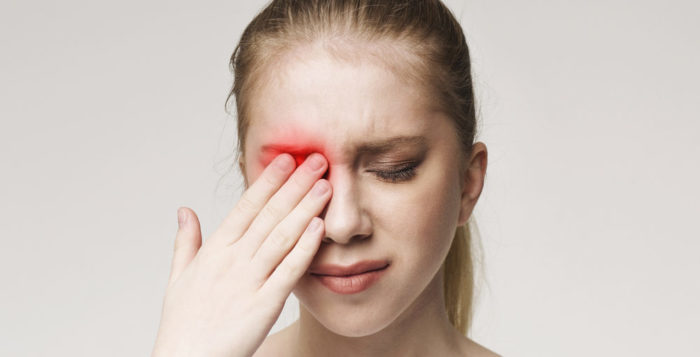Eye burn from an ultraviolet light bulb
Quartz and ultraviolet lamps are actively used to disinfect rooms. They emit strong radiation and can cause severe eye burns if used improperly. This can occur unnoticed and the effects will manifest themselves over time. Let's look at the main symptoms of damage and treatments.
Can you look at a quartz lamp
Quartz lamps are used in kindergartens, hospitals and clinics. The equipment is extremely effective in disinfection, but requires compliance with a number of precautions. Neglecting the recommendations often causes serious problems.
Looking at a quartz lamp without special protection is not recommended because the UV rays emitted have a high radiation power. The mucosa of the eyes is particularly sensitive to such exposure.
Damage can affect the top layer of the mucosa as well as the deeper layers, and seriously injure the retina or cornea. Such injuries require long-term treatment and subsequent rehabilitation. And in some cases the person may even lose their vision.
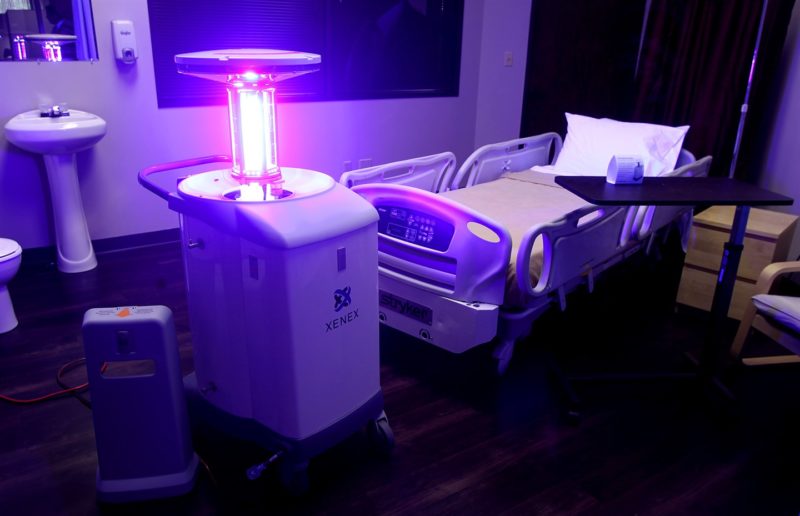
Effects of ultraviolet light on the eyes
The use of quartz and ultraviolet radiation sources for disinfection is due to their power. Complete sterilization of rooms requires direct exposure to strong beams on surfaces. There are models that emit long, medium and short wavelengths. The short-wave sources are the most dangerous for humans.
What to do if you get a burn
The degree of damage to the organ depends on how long the person was exposed to UV rays and the intensity of the radiation. The wavelength and distance between the emitter and the eye must also be considered.
When injured, it is important to identify the symptoms and provide first aid.
Personal experience of how I got eye and facial burns from careless use of a UV lamp.
Symptoms
Symptoms of ultraviolet eye injury are divided by the severity of the injury.
If a person looked at the lamp for only a few seconds without any protective eyewear, there is a first-degree burn. Symptoms in this case will not appear immediately, but several hours after exposure.
Symptoms of mild eye burns with a quartz lamp:
- protruding tears;
- Increased sensitivity to light;
- hyperemia;
- slightly swollen eyelids.
A moderate burn occurs with prolonged contact with radiation. Reddening of the eyes, high sensitivity to light up to inability to open the eyes may occur. In addition, erosion may occur, causing clouding of the cornea and general visual impairment.
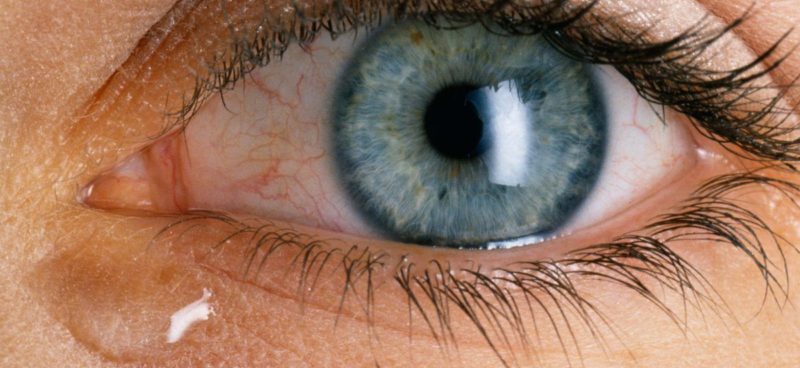
Signs of an average eye burn:
- swollen eyelids;
- painful sensations;
- hyperemia;
- blepharospasm.
If a person looks at a quartz lamp for a long time without protective goggles, severe eye burns can occur. This is accompanied by blisters on the eyelids, intense pain, lacrimation, and inability to open the eyes to light. The cornea instantly becomes cloudy and a crust forms on the eyelids, which then dies off.
Prolonged exposure to the rays can cause deep damage to the eyeball. Symptoms in this case appear almost immediately.
The most severe eye burns with an ultraviolet lamp or quartz source lead to rejection of the damaged areas, seriously impair vision and often lead to blindness.
First aid
Timely first aid will help to alleviate the symptoms and mitigate the consequences. It is desirable to contact a doctor as quickly as possible, who will be able to assess the extent of the damage and prescribe treatment.
What should be done immediately after identifying the burn:
- Immediately remove the victim from the area of radiation, preferably in a room with dim light.
- Severe painful sensations require the use of painkillers.
- Treat affected organs promptly with antibacterial ointment.
- Apply cold.
- Put goggles on the victim and take him to the hospital. For severe cases, it is advisable to call an ambulance.
When burns occur, you should never rub your eyes, press on them, rinse them with water, put drops in or warm them. This may cause an unpredictable reaction in the early stages and lead to complications.
Treatment
In the hospital the patient will be examined by a doctor and the level of damage will be assessed. Then an individual course of treatment is selected with the use of medication. This may include antibacterial ointments, eye drops, regenerating ointments, drops with novocaine and disinfectants.
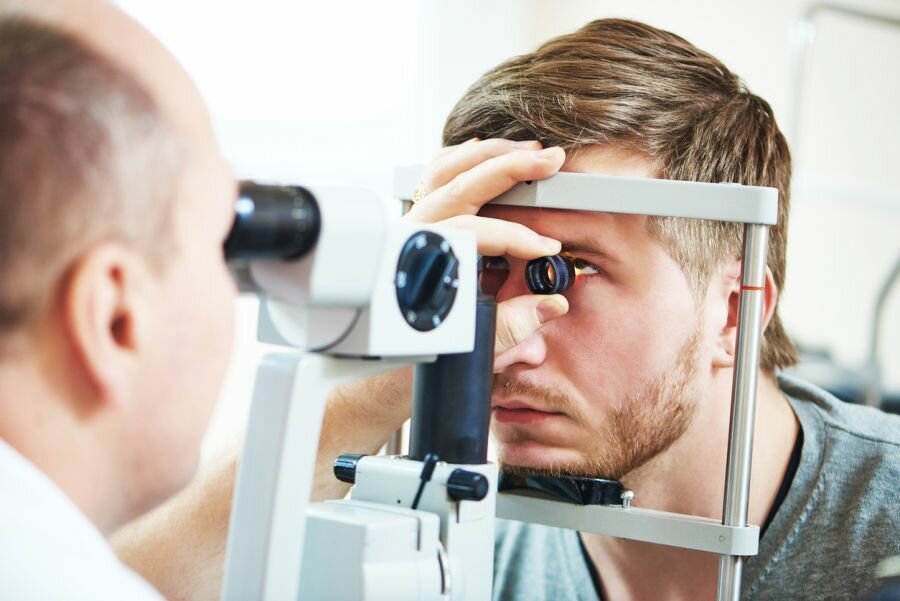
The specific list of medications will depend on the severity of the burn. It is not recommended to supplement the list provided by the doctor with anything. self-treatment is inadmissible.
Sometimes the doctor may recommend some folk remedies. Well relieve edema decoction lotions of herbs.
During the recovery period it is better to refrain entirely from activities that cause eye strain. It is advisable to remain in bed and avoid bright light sources. Excessive corneal irritation may significantly prolong the recovery time.
Possible Consequences
Eye burns with an ultraviolet or quartz lamp can cause a host of complications:
- Fusion of the conjunctiva with the eyelid;
- The formation of scars on the eyelids or their deformation;
- Retinal detachment;
- Significant visual impairment;
- complete or partial blindness.
Most of the consequences can be avoided by providing the right first aid and timely contacting a specialist.
Precautions
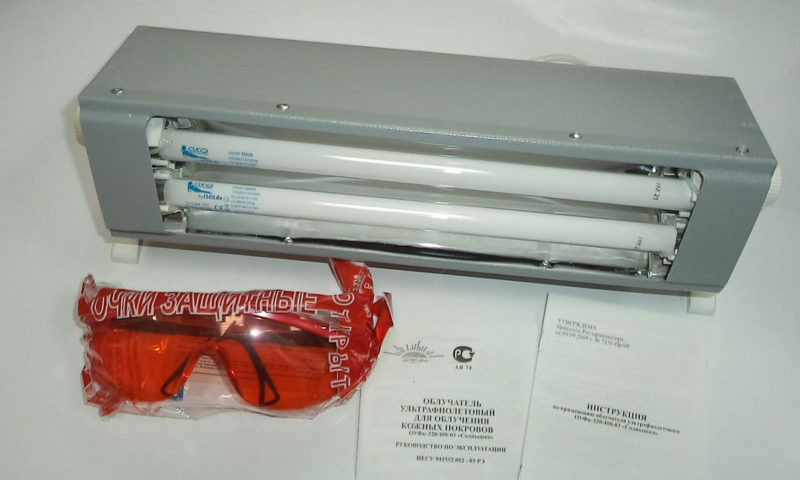
First aid and treatment for quartz lamp burns are important when the problem occurs. However, it is best to avoid such injuries by taking precautions:
- Do not enter a room in which a quartz lamp is operating;
- When working with the lamp, it is important to follow safety precautions;
- Only look at UV rays through special glasses;
- If you need to be in the same room as the quartz source, do not exceed the exposure time;
- ventilate the room after operation of the device;
- the power of the equipment must be adequate to the task;
- it is better to use emitters of closed type;
- just before the work it is important to read the instruction manual.
Before using the lamp, it is recommended to consult a doctor to make sure there are no individual contraindications.
